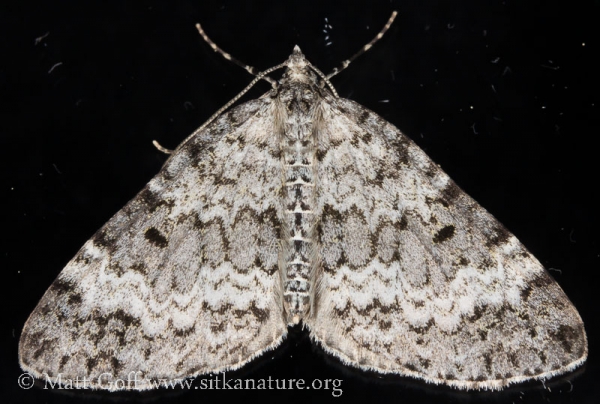The weekend and today brought some much needed rain, with Sunday alone more than matching the entire total for May, and the three days combined totally about an inch and a half. I woke up a couple of times early Sunday morning to the sound or rain pounding on the roof. It was a welcome sound. Rainy days make it a bit easier to stay inside and do some catching up on things, as despite a theoretically more relaxed summer schedule, it seems like days and weeks are just as full as ever.
I did have some temptation to go wander around in the rain, but opted instead to mostly work on collections and photos. I decided this year to try and be more systematic about what I choose to collect and keep for sending to the university. If I know what the insect (mostly insects), I check with the museum, and if there are already several collections from our area, I let it go. Otherwise, I’ll often collect it. I have mixed feelings about making these collections – I know that collections are an important contribution toward greater scientific understanding, but I am not entirely comfortable with the act of taking animal lives, even of insects. Somewhat hypocritically, I probably end up being responsible for the death of more creatures through neglect (after I capture for photographs), and in many cases those have not even been properly processed so they can at least be teachers.
When I do take the time to intentionally collect, mostly what I do is moths (that are attracted to a light out on the porch), though when I find/capture other things, I will sometimes collect them as well. My preferred method of dispatch is to put them in the freezer. Recently I’ve taken to practicing my Tlingit as I put them in the freezer saying, “Ch’a aadi yéi xhat nayoo. Gunalchéesh, axh eet at yeelatóow.” Roughly meaning “please forgive me (I’m sorry). Thank you for teaching me.” After they are dead, I take them out and ideally while they are still flexible I put them in a glassine envelope for storage (until they get to the museum and are stored for the long term). In addition to taking care of the physical specimen, I like to photograph everything while it is still alive. I post a photo with collection information (date, location, species name, etc.) on the natural history wiki.
After processing all the backlog of recent collections, I took advantage of a break in the clouds this afternoon and got almost everything I had left to get in the ground taken care of. I planted all my strawberry plants (fortunately most of them seem to have survived the long wait to get into the ground) as well as some raspberry starts I got from a neighbor, a couple of crabapple tree suckers, and the last two shrubs that needed transplanting from gallon pots. I find myself wondering what things will look like in the next couple of years, and hoping I didn’t plant things too close together (or too far apart). I imagine it will take at least two or three years before things start to really fill out, and maybe longer.

